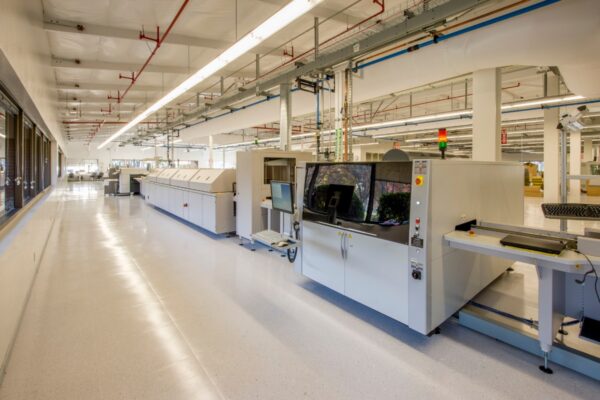What is Hole Void
A hole void is a defect that can occur during the electroplating process of a printed circuit board. It specifically refers to an area within the hole barrel of the PCB where the copper plating is not properly deposited, resulting in a void or skipped area. This defect can have significant implications for the functionality and reliability of the PCB.
There are several factors that can contribute to the occurrence of hole voids. These include improper preparation of the hole wall, the presence of debris or contaminants in the hole, poor cleaning processes, inadequate wall quality, improper racking of the PCB during plating, the presence of bubbles within the barrel of excessively small diameter holes, and insufficient agitation in the plating bath.
When a hole void occurs, it means that the copper plating does not adhere properly to the wall of the hole. This can disrupt the flow of current and hinder the electrical connections within the PCB. The plating within the holes is responsible for conductively connecting the areas of copper from the top side to the bottom and sometimes between layers of the PCB. Therefore, the presence of voids can lead to issues with the electrical conductivity of the PCB, potentially causing malfunctions.
To minimize the occurrence of hole voids, careful inspection and measurement of the plating on the hole wall are necessary. However, inspecting every hole for debris is challenging and impossible to check all holes for plating. Therefore, Acceptable Quality Levels (AQLs) are performed, and the plating process is closely monitored. The goal is to ensure that voids are minimized to maintain the integrity and functionality of the PCB.





